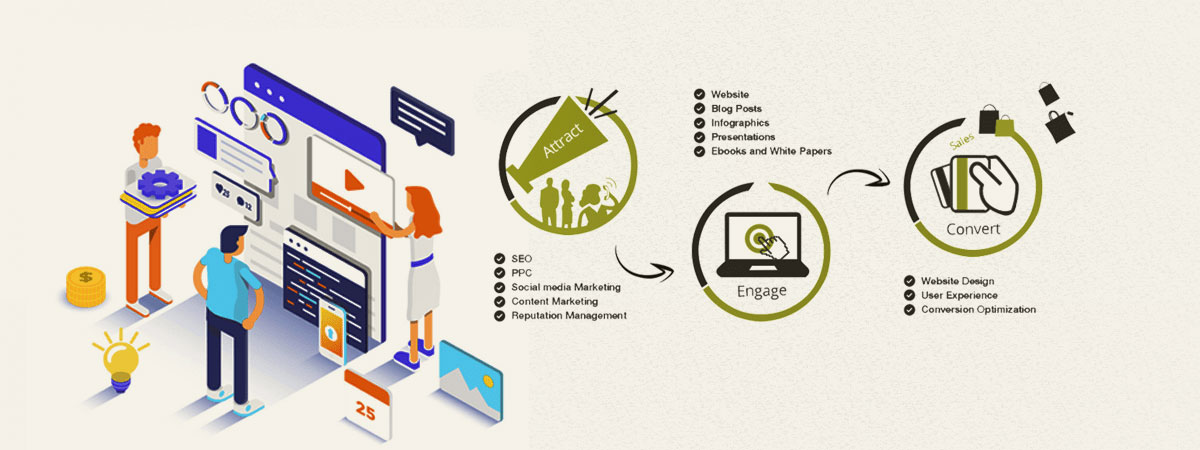The Advancement Of Website Design: Then And Now
The Advancement Of Website Design: Then And Now
Blog Article
Writer-Hartley Molina
In the past, internet sites were simple and concentrated on details. Navigating was direct, and style was for desktops. Currently, user experience is essential. Data guides layouts for easy navigation. Responsive layouts suit different tools. Today, dark setting decreases pressure, and minimal menus enhance navigating. Interactive attributes engage users, and strong visuals stand apart. AI assimilation improves interaction. See how design has actually evolved to boost your online trip.
Very Early Days of Website Design
In the early days of web design, simplicity preponderated. Sites were fundamental, with restricted shades, typefaces, and layouts. The emphasis got on offering info rather than showy visuals. Customers accessed the net via sluggish dial-up links, so rate and functionality were crucial.
Navigation menus were straightforward, normally situated on top or side of the web page. Websites were developed for desktop, as mobile browsing had not been yet prevalent. Material was king, and developers prioritized very easy readability over intricate style elements.
HTML was the key coding language utilized, and developers needed to work within its constraints. Animations and interactive functions were minimal contrasted to today's standards. Sites were fixed, with little vibrant material or tailored customer experiences.
Surge of User-Focused Layout
With the evolution of site style, a shift in the direction of user-focused design concepts has ended up being progressively prominent. Today, developing web sites that prioritize user experience is critical for engaging site visitors and attaining business objectives. User-focused design involves recognizing the demands, preferences, and actions of your target market to customize the internet site's format, web content, and includes appropriately.
Developers currently conduct extensive research, such as customer studies and use testing, to gather insights and comments directly from users. This data-driven approach helps in creating user-friendly navigating, clear calls-to-action, and aesthetically attractive user interfaces that resonate with visitors. By putting the customer at the facility of the design process, internet sites can supply an extra customized and enjoyable experience.
https://multichannelmerchant.com/blog/creating-the-ultimate-amazon-marketing-strategy/ has actually likewise emerged as a vital aspect of user-focused design, ensuring that internet sites are optimized for numerous devices and screen sizes. This versatility enhances ease of access and functionality, accommodating the diverse means individuals connect with sites today. Basically, the surge of user-focused style symbolizes a shift towards creating electronic experiences that prioritize the needs and expectations of completion individual.
Modern Trends in Website Design
Check out the most recent patterns shaping web design today. One noticeable fad is dark setting style, offering a streamlined and modern look while decreasing eye strain in low-light settings. An additional key pattern is minimalist navigating, streamlining menus and improving customer experience by concentrating on essential elements. Integrating micro-interactions, such as computer animated switches or scrolling results, can create a much more engaging and interactive site. Receptive layout stays critical, ensuring smooth user experiences across numerous devices. Additionally, making use of strong typography and asymmetrical designs can add visual rate of interest and accentuate certain material.
Integrating AI technology, like chatbots for consumer assistance or tailored recommendations, enhances user involvement and improves procedures. Ease of access has additionally come to be a considerable pattern, with developers prioritizing comprehensive style practices to cater to varied customer demands. Welcoming sustainability by enhancing website performance for rate and performance is an additional arising pattern in web design. Collaborating with customer comments and data analytics to iterate and improve style constantly is important for staying pertinent in the ever-evolving electronic landscape. By embracing these contemporary trends, you can create a visually attractive, user-friendly website that resonates with your audience.
click here to read
As you review the development of web site style from the early days to currently, you can see exactly how user-focused design has actually become the driving force behind modern-day trends.
Accept the trip of adjustment and adaptation in website design, constantly keeping the customer experience at the forefront.
Remain current with the most recent trends and technologies, and never quit advancing your strategy to create visually spectacular and user-friendly web sites.
Develop, adapt, and produce - the future of website design remains in your hands.
